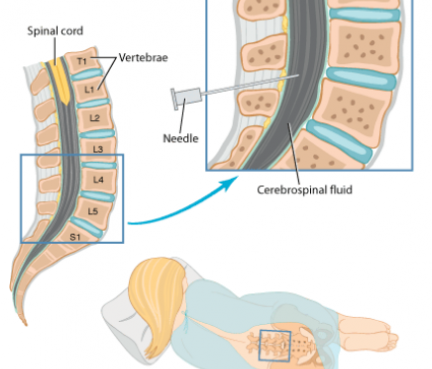
Parkinson’s disease is a progressive nervous system disorder that affects movement. Symptoms start gradually, sometimes starting with a barely noticeable tremor in just one hand. Tremors are common, but the disorder also commonly causes stiffness or slowing of movement. In the early stages of Parkinson’s disease, the patient’s face may show little or no expression….
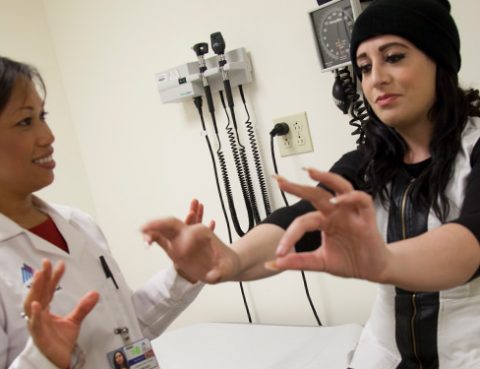
Dystonia is a neurological movement disorder syndrome in which sustained or repetitive muscle contractions result in twisting and repetitive movements or abnormal fixed positions. The movements may resemble tremor. Dystonia is often intensified or exacerbated by physical activity, and symptoms may progress into adjacent muscles. Types of Dystonia Focal Dystonia – affecting one part of…

Oral and maxillofacial surgery is a surgical specialty focusing on the reconstructive surgery of the face, facial trauma surgery, the oral cavity, head and neck, mouth, and jaws, as well as facial cosmetic surgery. People that need maxillofacial surgery are the following: Trauma patients e.g car accident, fall, assaultDeteriorating trauma patients e.g head injury patient,…

Dermabrasion is an exfoliating technique that uses a rotating instrument to remove the outer layers of skin, usually on the face. Dermabrasion treatment is popular with people who want to enhance the appearance of their skin. Dermabrasion can treat conditions such as: Fine lines, wrinkles, especially those around the mouthSun-damaged skin, including age spotsScars caused…

Varicose and spider veins: varicose veins are enlarged veins that often twist and can bulge above the surface of the skin. They may be blue, red, or flesh-colored. Spider veins often look like webs. Having spider or varicose veins can affect more than the person’s appearance. These veins can cause serious discomfort. Some varicose veins…

Motor neuron disease (MND) is an uncommon condition that affects the brain and nerves. It is a neurodegenerative disease that causes rapidly progressive muscle weakness. Specifically, the disease affects nerve cells (motor neurons) that control the muscles that enable a person to move, speak, breathe and swallow. MND is also known as Amyotrophic Lateral Sclerosis…

Stretch marks are colored lines or streaks that appear on the skin from weight gain or growth. They’re essentially tears on the skin, but aren’t an indication of a health issue. Stretch marks often begin as red or purple marks, and slowly fade to white or silver over time. Early stretch marks may feel slightly…
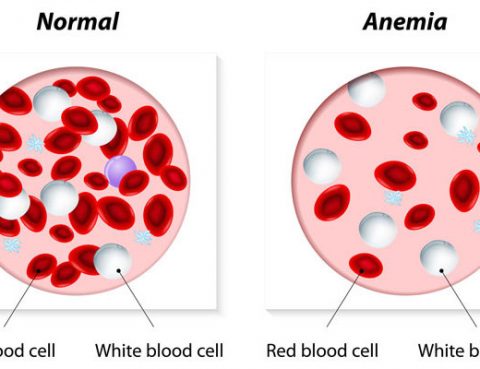
Anemia Anemia is a condition in which a person lacks enough healthy red blood cells to carry adequate oxygen to the body’s tissues. In a routine blood test, anemia is reported as a low hemoglobin or hematocrit. Hemoglobin is the main protein in the red blood cells. It carries oxygen throughout the body. It often…
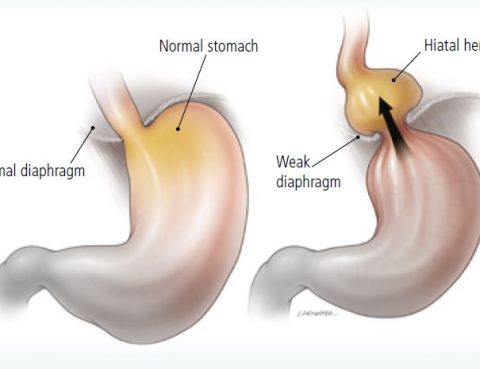
A hiatal hernia occurs when the upper part of the stomach bulges through the large muscle separating the abdomen and chest (diaphragm). The diaphragm has a small opening (hiatus) through which the food tube (esophagus) passes before connecting to the stomach. In a hiatal hernia, the stomach pushes up through that opening and into the…
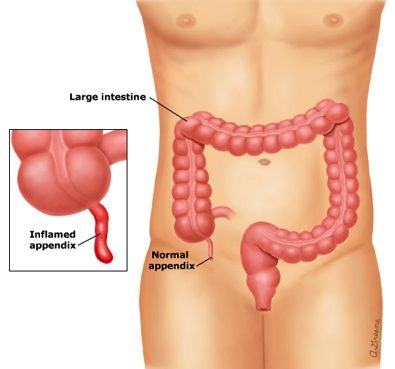
Appendicitis is an inflammation of the appendix, a finger-shaped pouch that projects from the colon on the lower right side of the abdomen. Appendicitis causes pain in the lower right abdomen. However, in most people the pain begins around the navel and then moves. As inflammation worsens, appendicitis pain typically increases and eventually becomes severe. …

Vertigo is a sensation of feeling off balance. It is a symptom where a person feels as if they or the objects around them are moving when they are not. Often it feels like a spinning or swaying movement. This may be associated with nausea, vomiting, sweating, or difficulties walking. Vertigo can be temporary or…
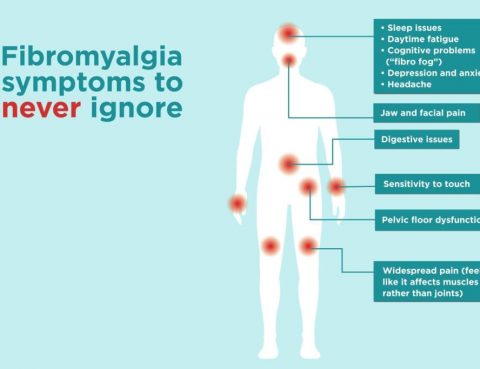
Fibromyalgia, also called fibromyalgia syndrome (FMS), is a long-term condition that causes pain all over the body. Fibromyalgia is the second most common condition affecting the bones and muscles. Yet it’s often misdiagnosed and misunderstood. Its classic symptoms are widespread muscle and joint pain and fatigue. Fibromyalgia can feel similar to osteoarthritis, bursitis, and tendinis….

Some people are born without a spleen or need to have it removed because of illness or injury. The spleen is a fist-sized organ in the upper left side of the abdomen, next to the stomach and behind the left ribs. It is an important part of the immune system, but one can survive without…
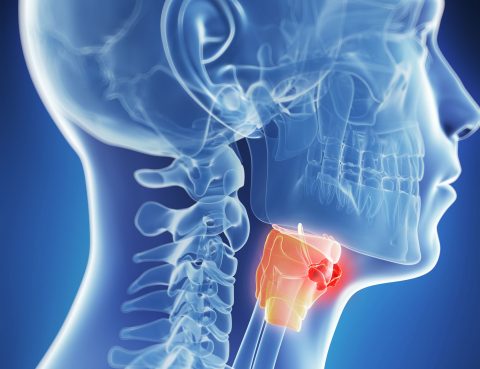
Laryngeal cancer is a disease in which malignant (cancer) cells form in the tissues of the larynx. The larynx is a part of the throat, between the base of the tongue and the trachea. The larynx contains the vocal cords, which vibrate and make sound when air is directed against them. The sound echoes through…

Human Immunodeficiency Viruses (HIV) are two species of Lentivirus (a subgroup of retrovirus) that infects humans. HIV is a virus that damages the immune system. The immune system helps the body fight off infections. Untreated HIV infects and kills CD4 cells, which are a type of immune cell called T cells. Over time, as HIV…

Psoriasis is a skin disorder that causes skin cells to multiply up to 10 times faster than normal. This makes the skin build up into bumpy red patches covered with white scales. They can grow anywhere, but most appear on the scalp, elbows, knees, and lower back. Psoriasis can’t be passed from person to person….

Epilepsy is a central nervous system (neurological) disorder in which brain activity becomes abnormal, causing seizures or periods of unusual behavior, sensations, and sometimes loss of awareness. Epilepsy is characterized by unpredictable seizures and can cause other health problems. Epilepsy is a chronic disorder that causes unprovoked, recurrent seizures. A seizure is a sudden rush…
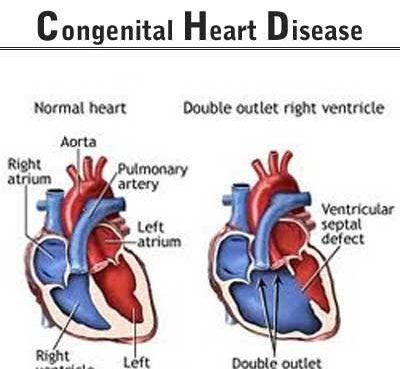
Congenital heart disease is a general term used to refer to a series of birth defects that affects the heart. The problem can affect: The heart wallsThe heart valvesThe blood vessels They can disrupt the normal flow of blood through the heart. The blood flow can slow down, go in the wrong direction or to…
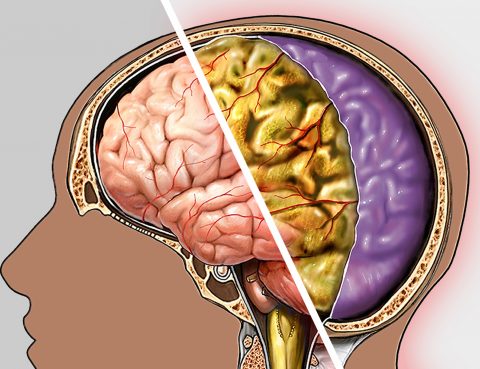
Meningitis is a rare infection that affects the delicate membranes — called meninges — that cover the brain and spinal cord. This disease could be caused by bacteria, viruses and fungi. Meningitis is an inflammation of the membranes (meninges) surrounding the brain and spinal cord. The swelling from meningitis typically triggers symptoms such as headache,…

